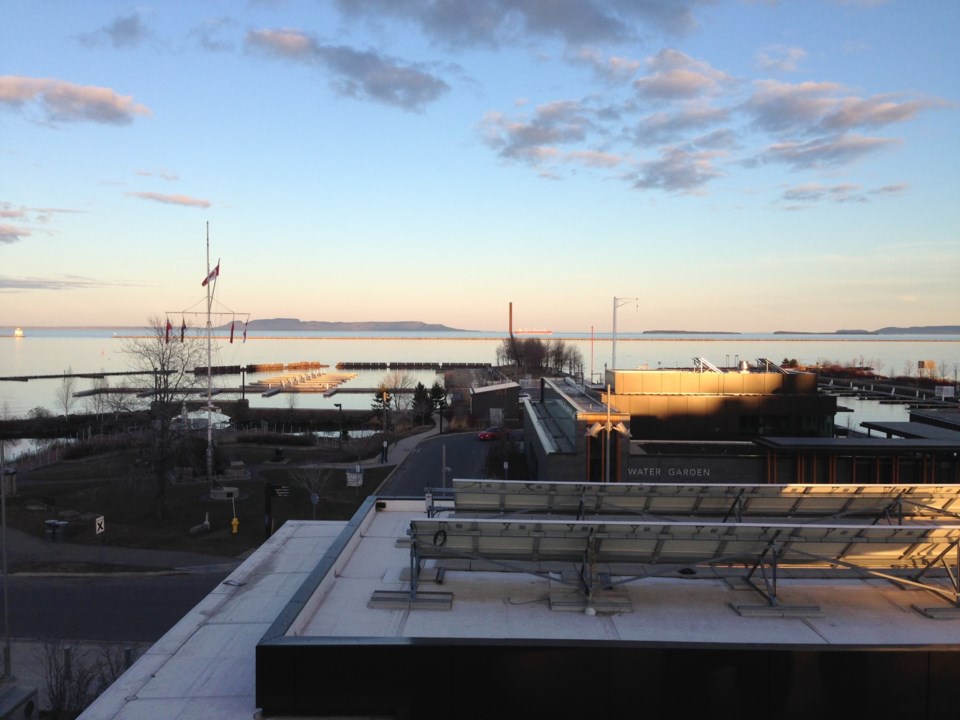THUNDER BAY — The steep drop in tourist traffic this year has put a big dent in the City of Thunder Bay's Municipal Accommodation Tax.
Half the money generated by the surcharge on hotel and motel room rates goes toward tourism promotion and development, with a focus on attracting more visitors via sports and cultural events, conventions, enhanced attractions and outdoor activities.
Last year, the four per cent MAT contributed $1.1 million for tourism promotion.
Three-quarters of the way through 2020, less than $300,000 has been collected, and the peak months for tourism are over.
This creates a challenge for the Community Economic Development Commission and Tourism Thunder Bay, which falls under the umbrella of the CEDC.
Tourism manager Paul Pepe says by the end of the year, he anticipates MAT revenues will be down between 50 per cent and 60 per cent from last year, when the CEDC used the fund to support 62 partners in the tourism sector.
Hotel occupancy rates plummeted after the COVID-19 pandemic was declared, due to a combination of events being cancelled and the fall-off in tourist traffic.
By April, the average occupancy rate in Thunder Bay was only 10 per cent.
It improved to closer to 44 per cent in July, as Canadians hit the road to explore their own country, but remained well off the 71 per cent occupancy rate recorded in July 2019.
Prior to the pandemic, Pepe said, he was anticipating a three or four per cent increase in occupancy and accommodation tax revenue this year.
He noted that the tax, which was established in late 2017, is important because it provides money that's under local control and enables the city to be more nimble with tourism promotion rather than relying on government funding that sometimes takes longer to come through.
"What's really important is recognizing we are going to have a lot less revenue to work with in hotel tax this year, and even next year," Pepe said. "We need to utilize those dollars wisely moving forward, and making sure we have a bit of a reserve fund as we go into winter and next spring."
When the leaves come off the trees, he said, leisure travellers stop travelling, and the corporate and sports markets aren't ready to resume travel this year.
With COVID-19 now into its second wave, Pepe cautioned that "there could be some big sacrifices in our industry. We have to turn to how we can assist our tourism partners, hotels, restaurants, festivals and attractions get through the winter."
In a presentation this week to city council, the CEDC's chief executive officer, Eric Zakrewski, described in stark detail the impact COVID-19 has had on the local tourism industry.
It's been "very hard hit," he said, "with right now about 50 per cent of the economic impact of last year. So about $90 million compared with almost $190 million last year."
Recovery for the tourism sector is currently expected to take until 2023 to complete.
In the interim, Pepe feels Thunder Bay should focus more on building a "winter city" strategy in the future. "COVID has given us the impetus to think very differently...but for now I think we really need to get more creative."
The city's marketing strategy already promotes Thunder Bay as Canada's premier outdoor city.
Pepe expects that will prove beneficial in the coming years as people look to visit smaller urban centres "that aren't as packed," and for outdoor experiences.
"Thunder Bay is an amazing base camp for that," he said.
